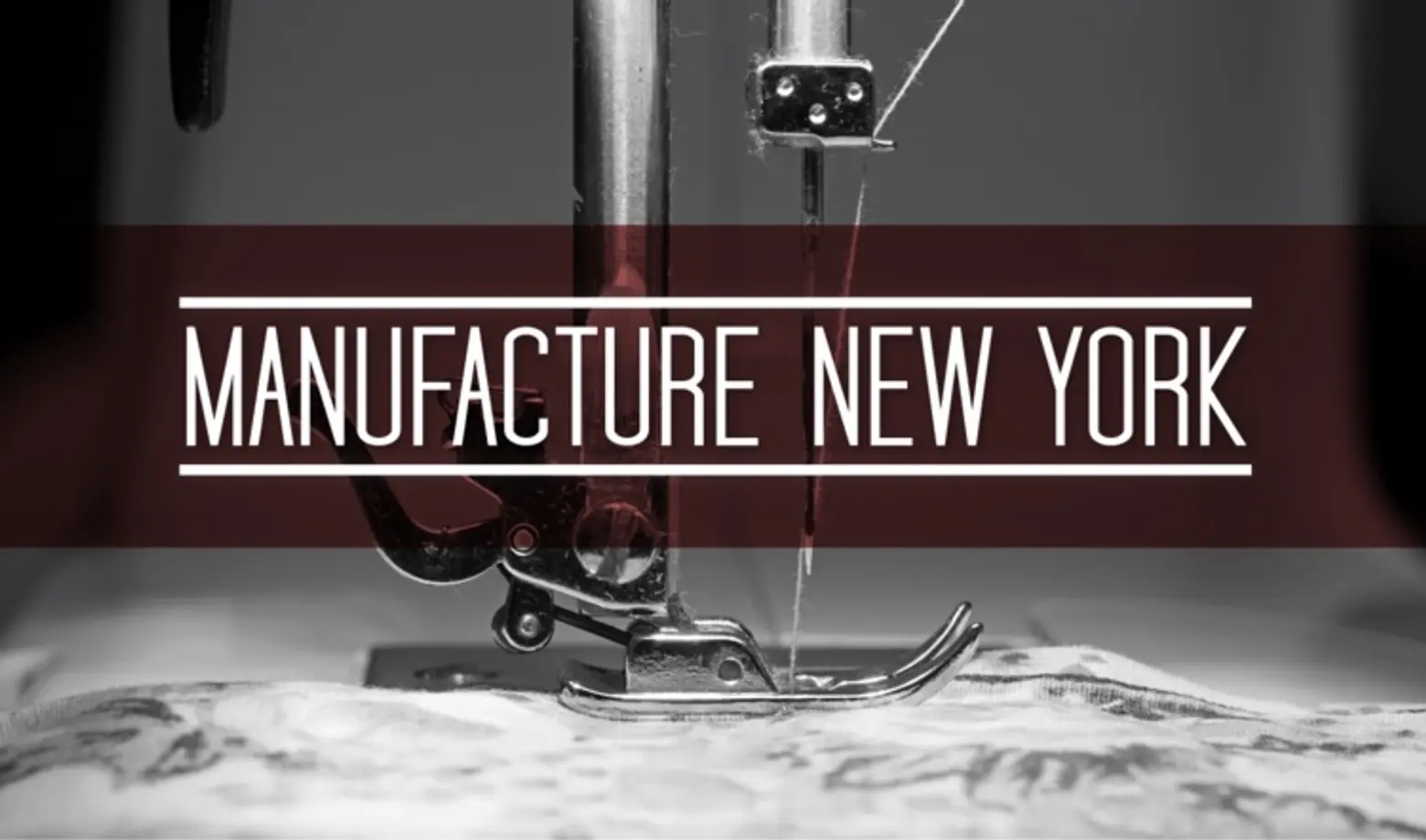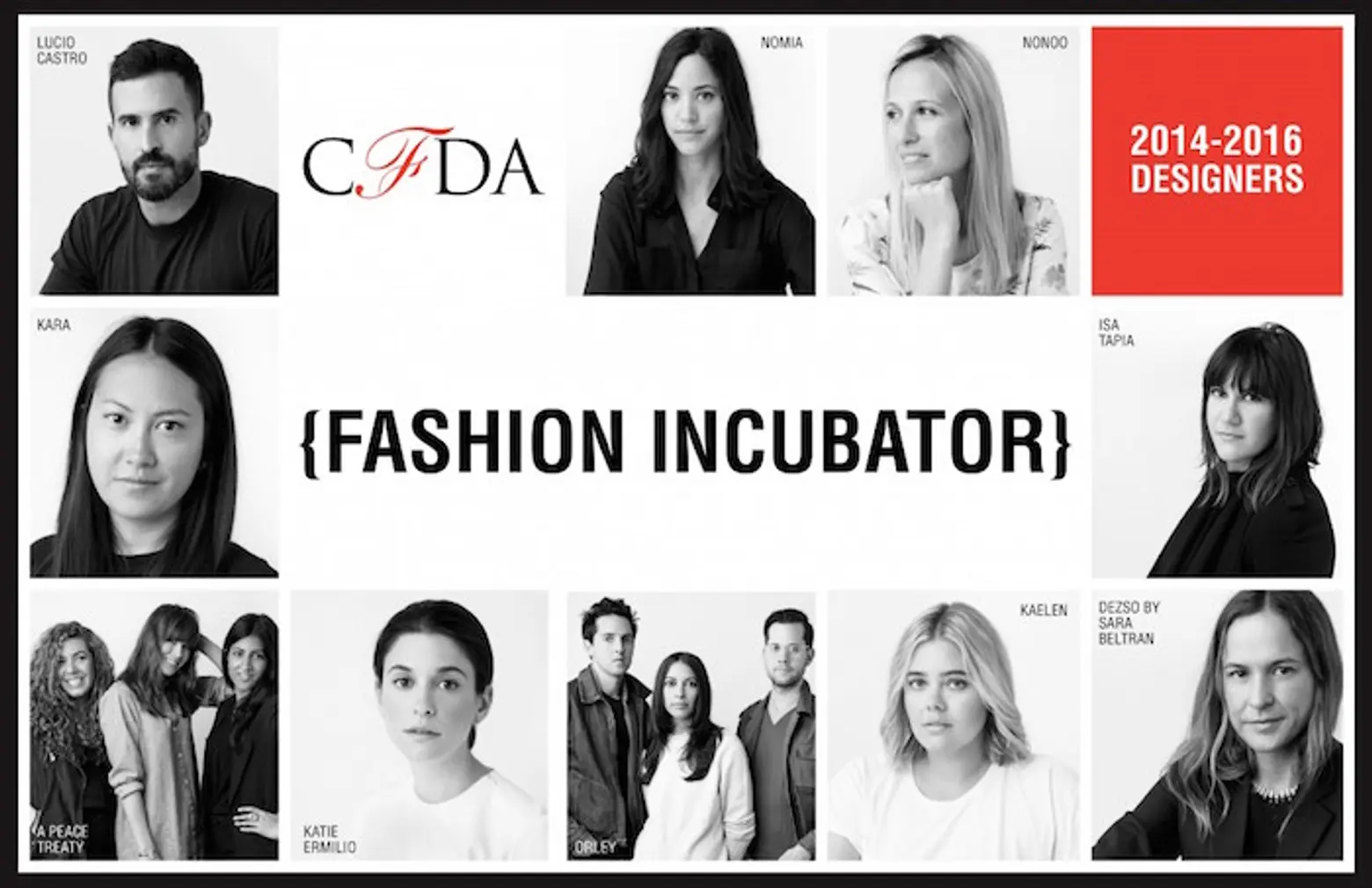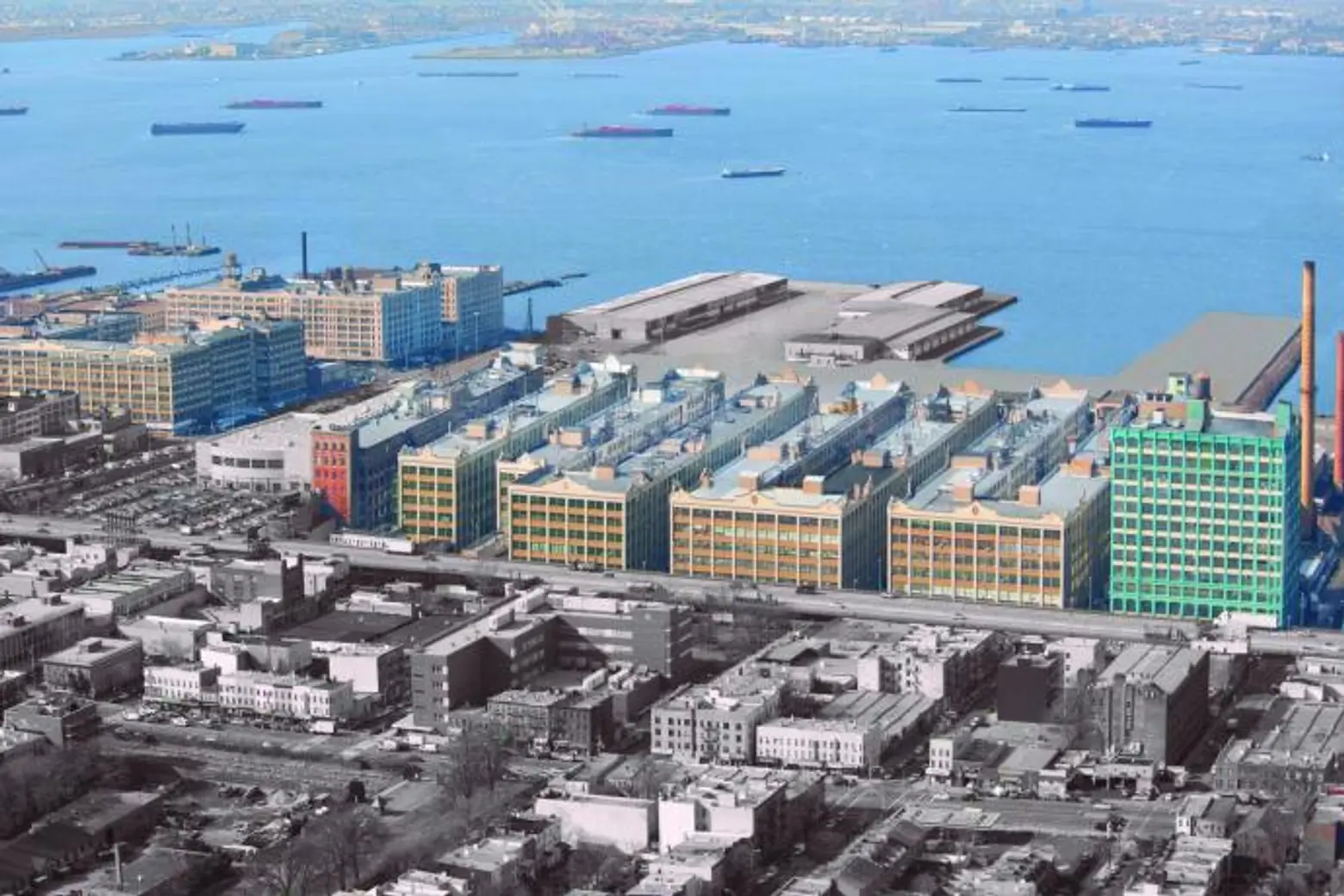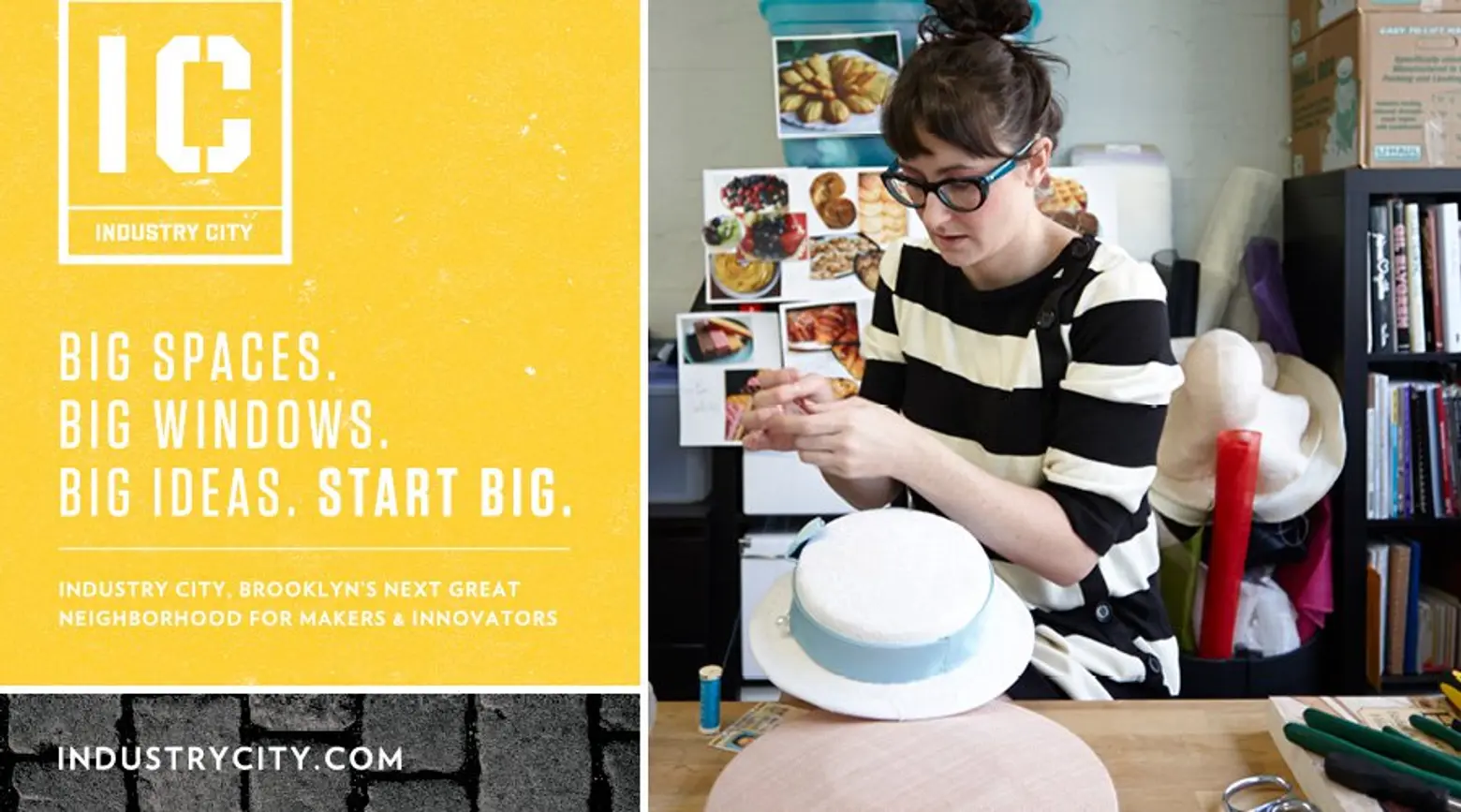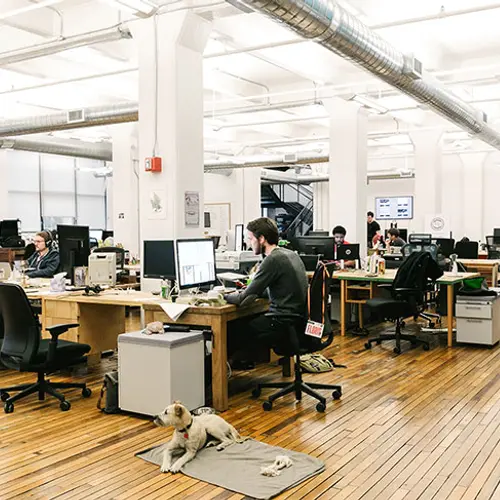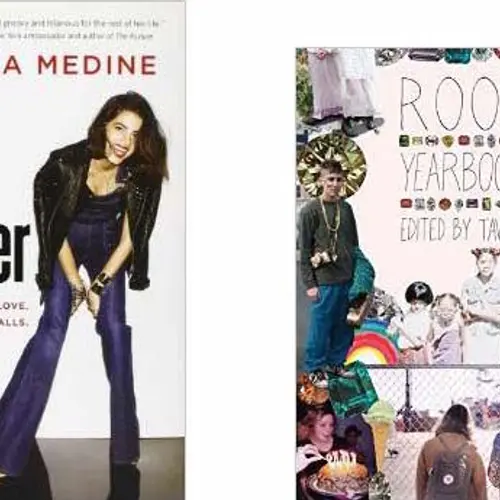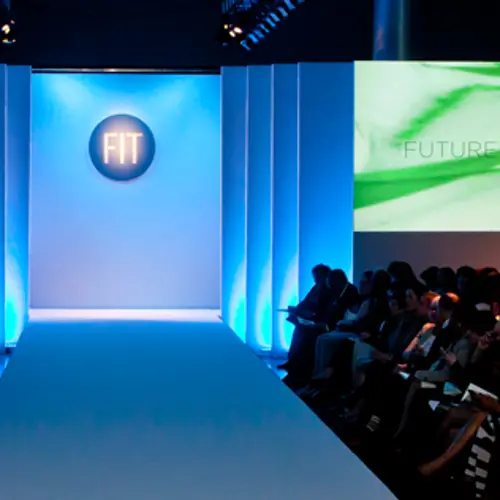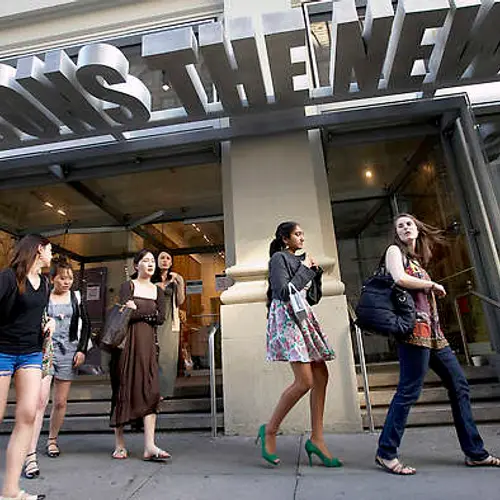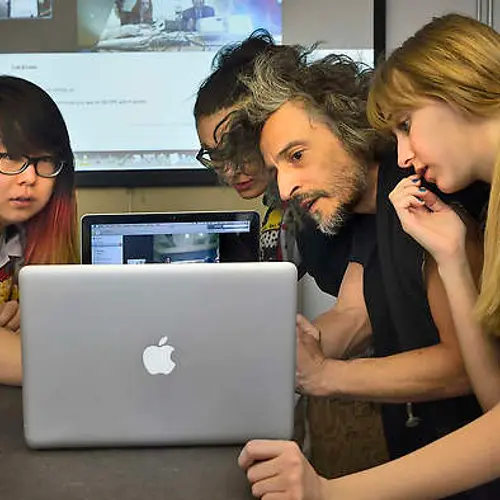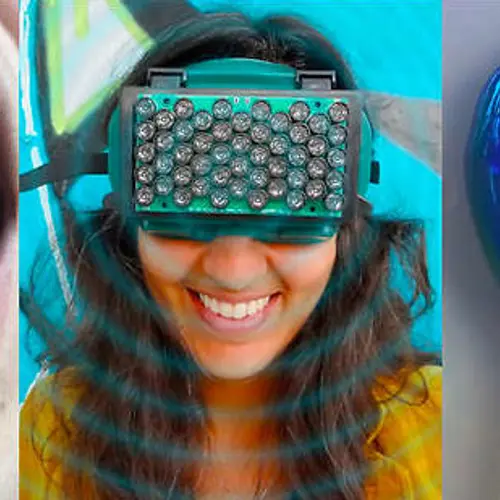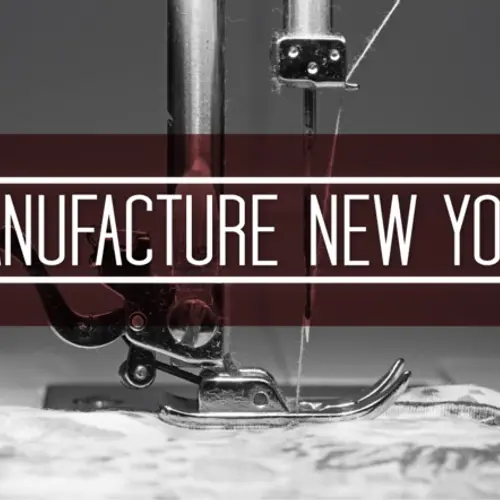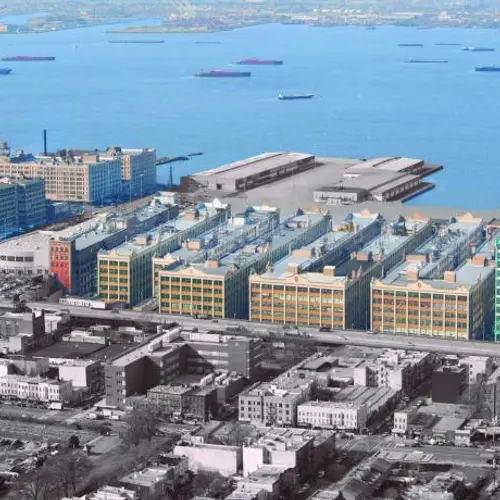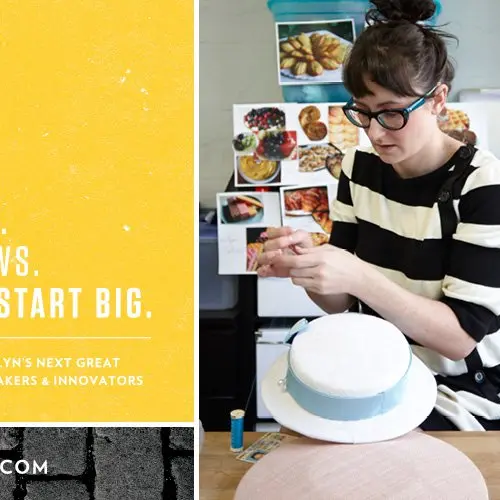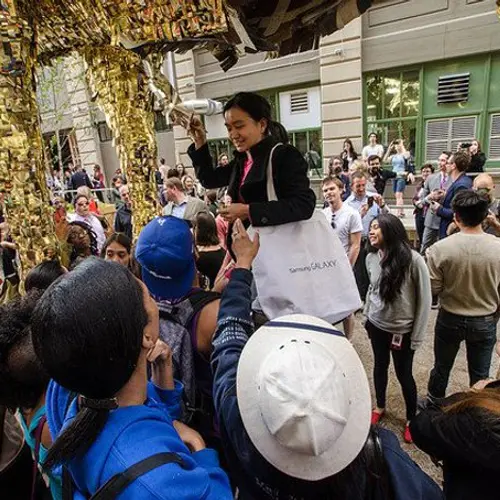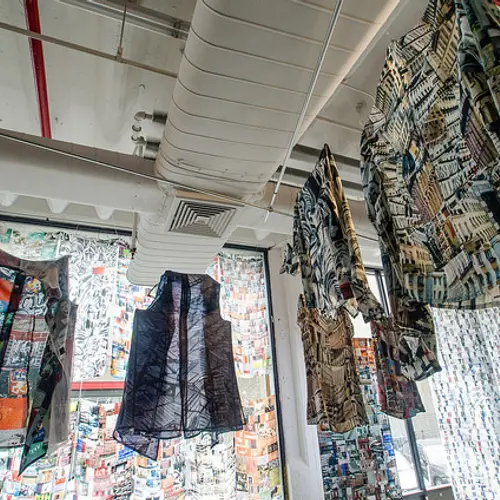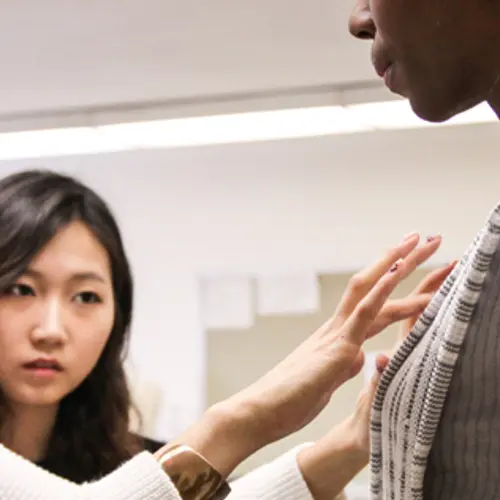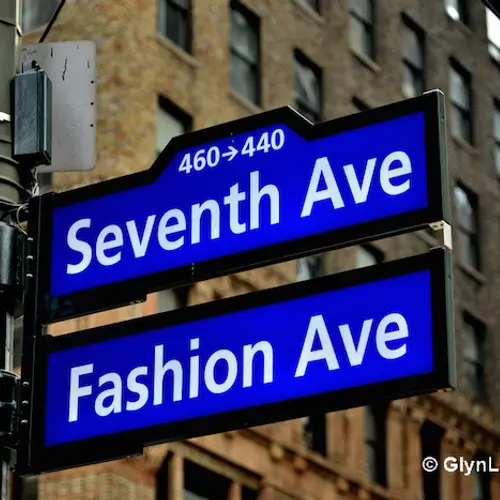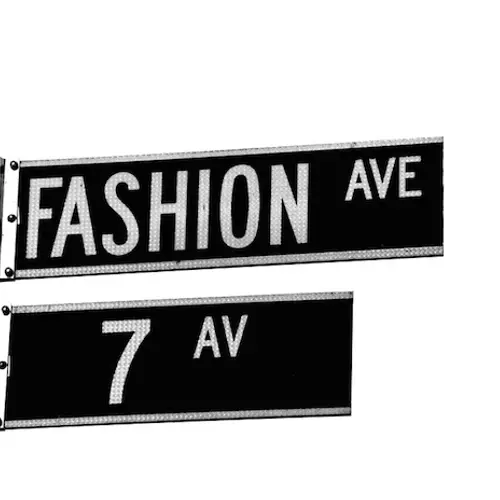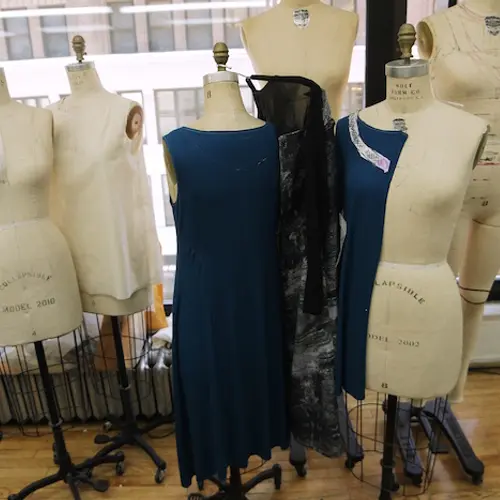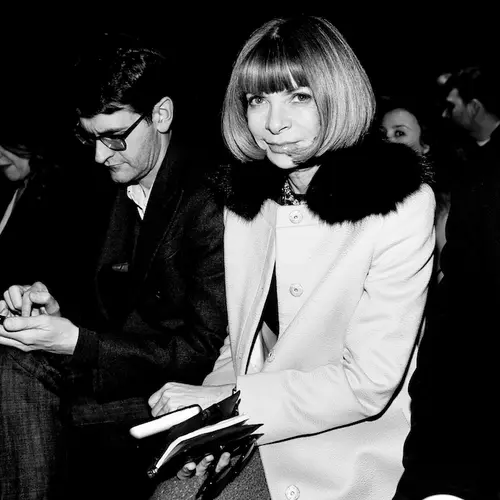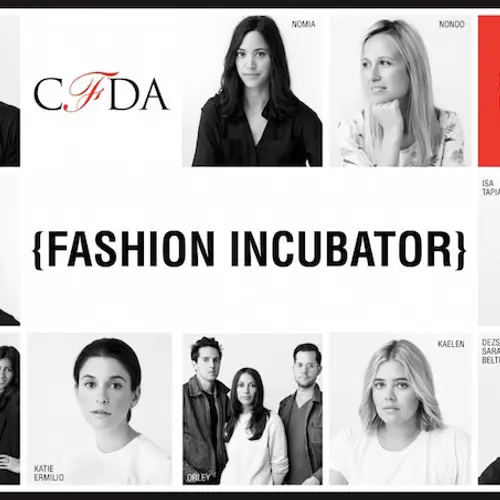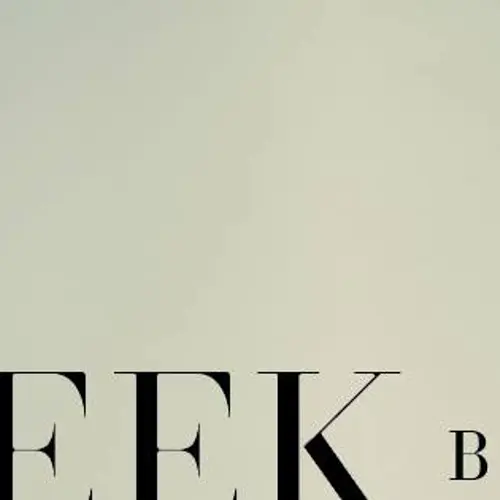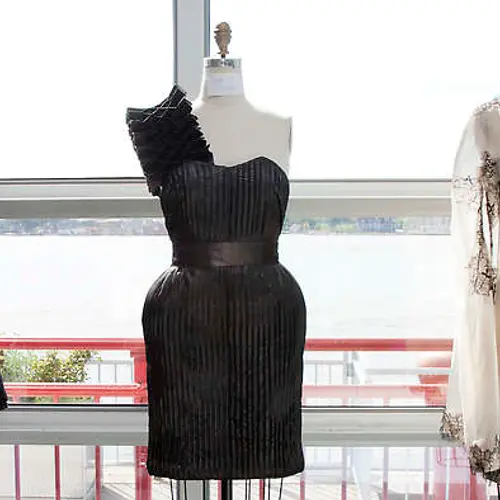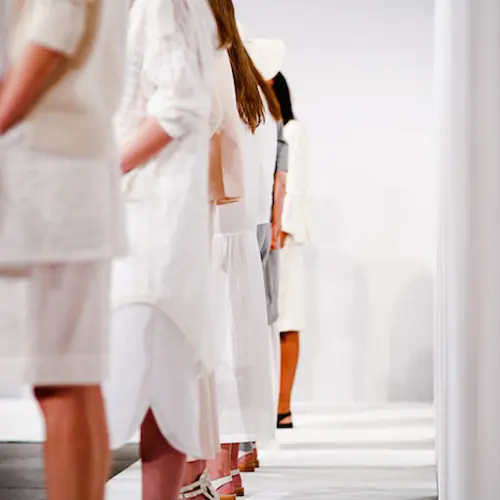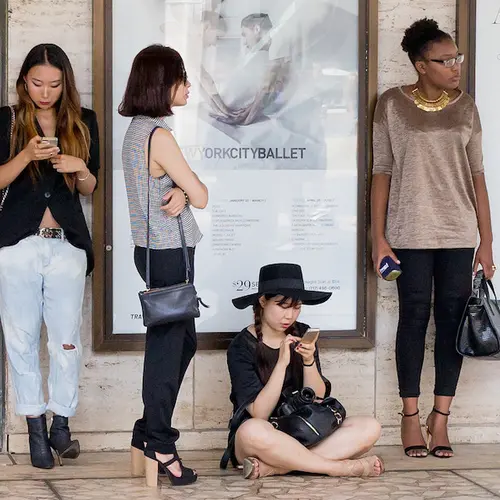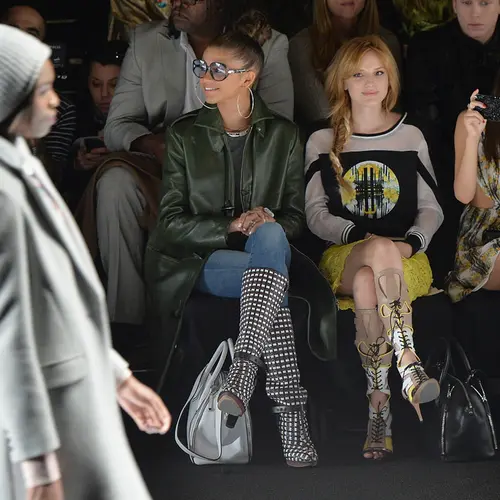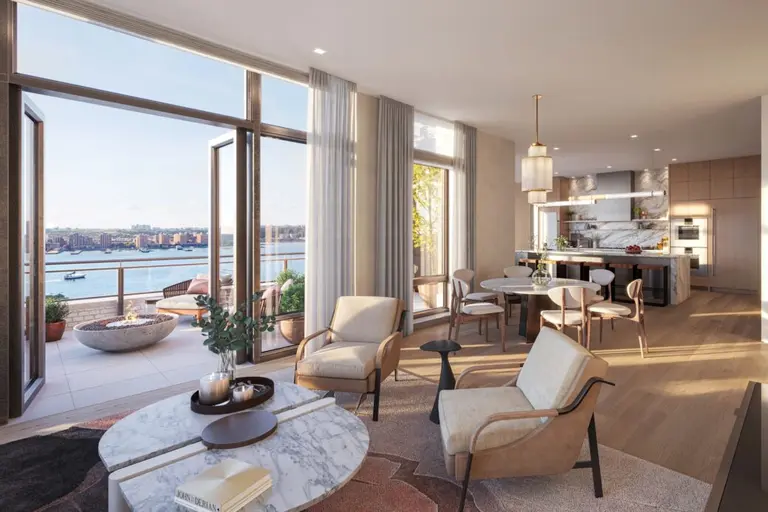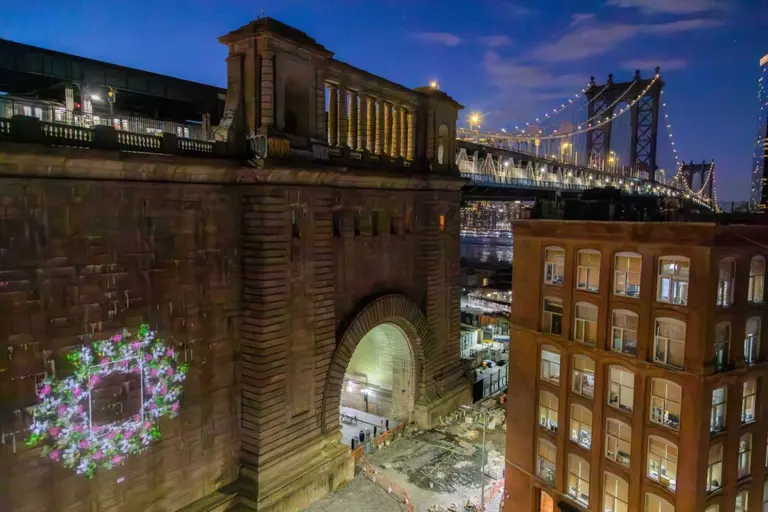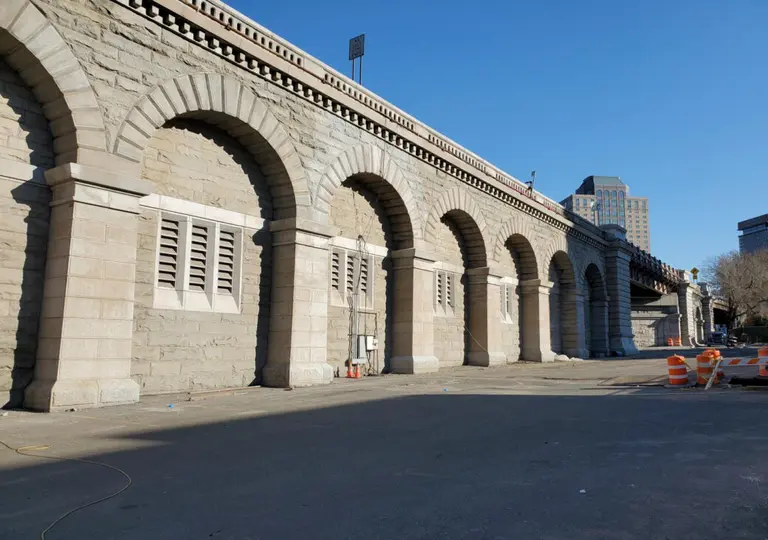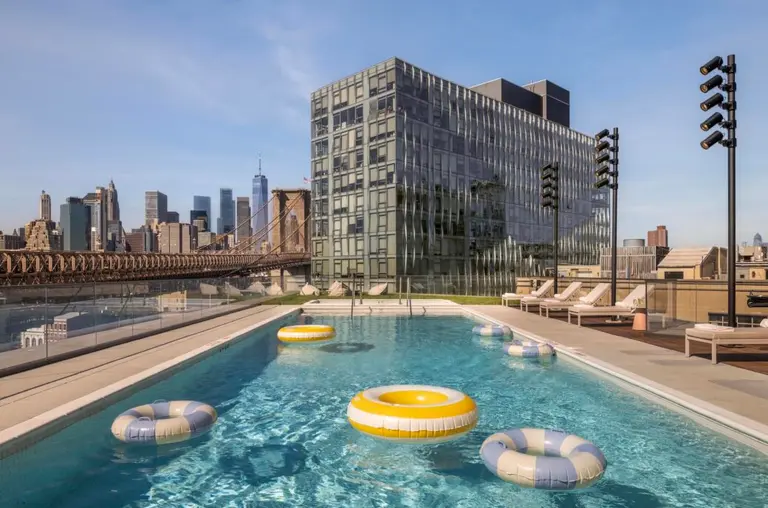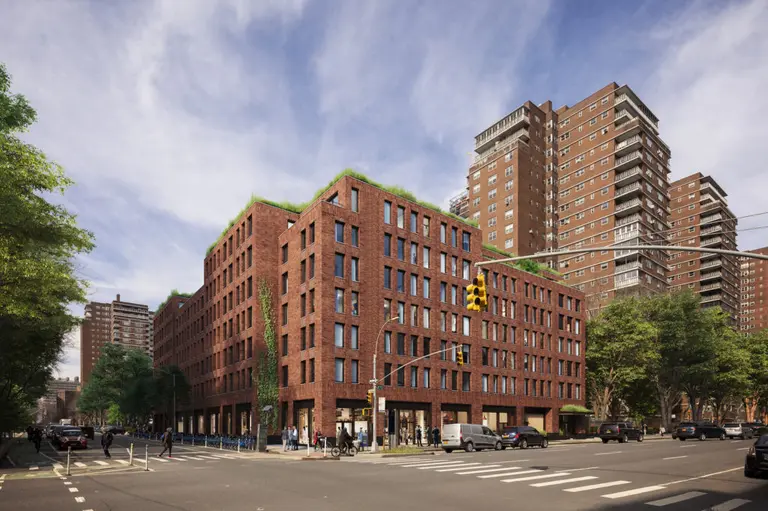Making the Cut: Is NYC Still the World’s Fashion Capital?
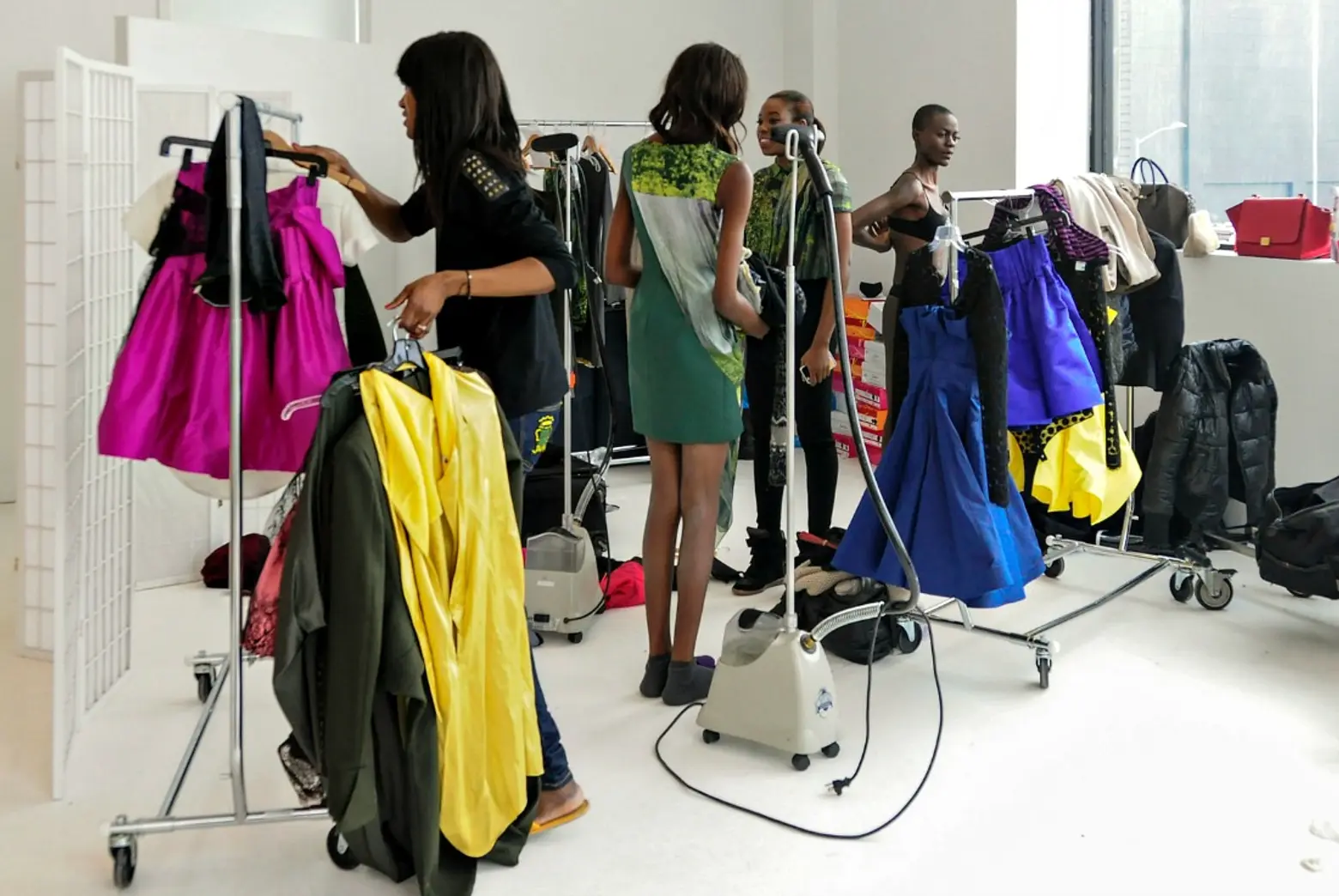
Will 21st century New York City be able to retain its fashion capital status? How does an aspiring fashionista build a brilliant career? The answers come from a winning combination of education, innovation and inspiration, plus financial and media support.
Though styles come and go with dizzying speed and designers fall in and out of favor, New York City has held the title of global fashion capital since the mid 20th century, when it rose to prominence with the unprecedented idea of developing sportswear as fashion. Today’s NYC is home to some of the world’s top fashion schools whose famous graduates add to the city’s fashion culture and networks. Foreign designers choose to live and work here because of this status and creative energy, adding even more to the fabric. We may share this pedestal with quirky London–and trés chic Paris, the brainy Belgians, the stylish Scandinavians and the ascendant Aussies make things more interesting–but NYC is known as the place where style ideas and trends are born and exchanged.
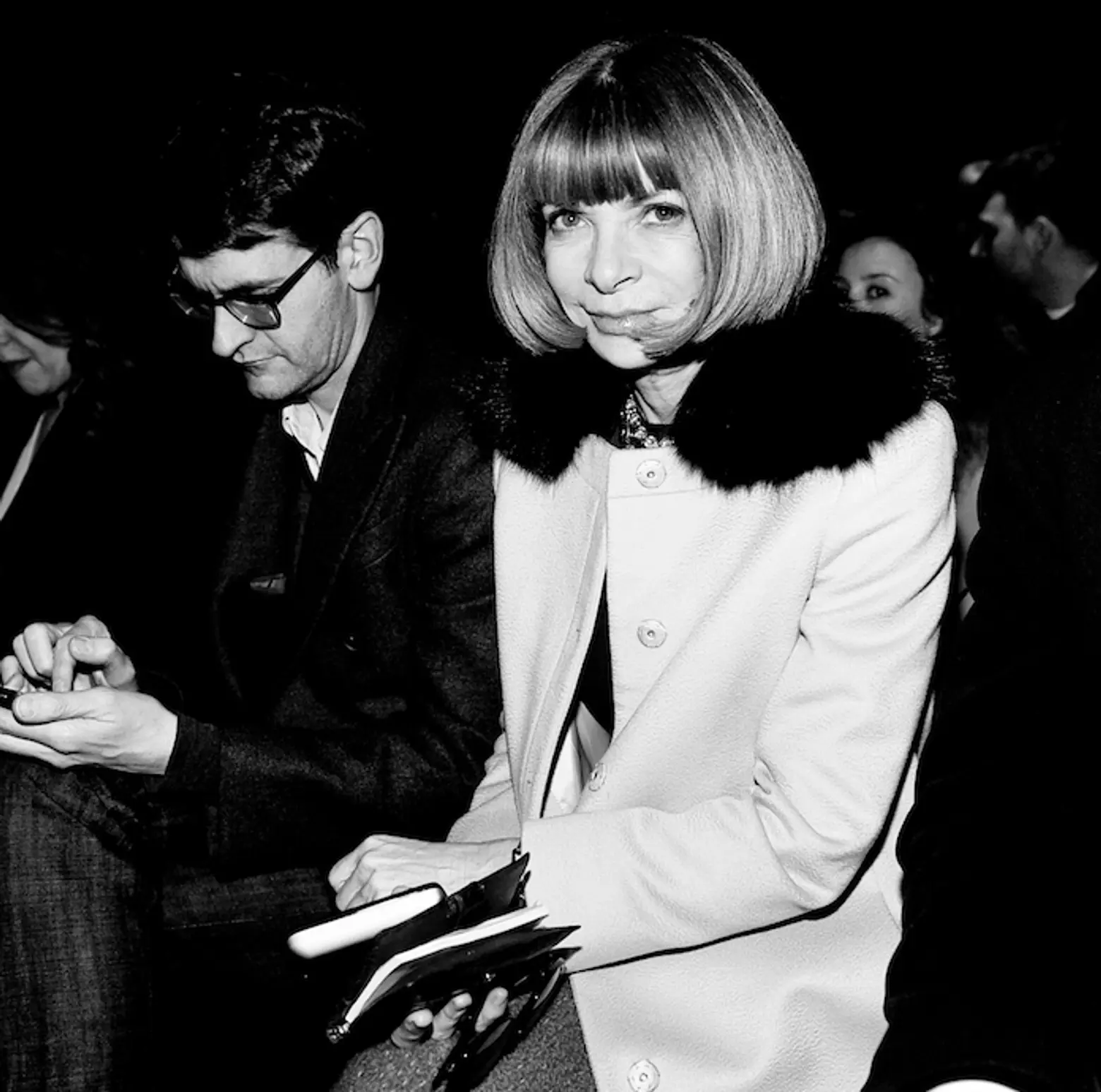
Vogue Editor Anna Wintour. Photo: Luciano Consolini via flickr
Austin-based data research company the Global Language Monitor named New York City the world’s fashion capital in 2014 (London had nabbed the number one spot the previous year), and the city retains its edge by being a center of business, culture, and education, thereby increasing fashion-related careers in merchandising, production, visual presentation, public relations, and journalism.

Photo courtesy of FIT
But a lot has changed since the days when the Garment District was the engine behind the Seventh Avenue fashion highway. Today’s international “fast fashion” machine copies runway looks even before they’ve hit the runway. And of course there’s the Internet, where anyone’s outfit can get a thousand Instagram followers. Maybe most importantly, though, the raw Chelsea lofts and quirky East Village ateliers that nurtured many a budding fashion career have become $15,000 a month lofts and $5 million condos. Being a design student doesn’t pay very well. And starting a career in fashion is a huge risk.
EDUCATION
Leading the charge are the city’s world-renowned design schools. London’s Central Saint Martins may be hard to unseat at the number one spot, but we bring three aces to the table with Parsons the New School for Design, the Fashion Institute of Technology (FIT), and Pratt Institute. In industry blog Fashionista’s 2011 ranking of the top fashion schools in the US, Parsons, FIT, and Pratt swept the number one, two, and three spots and annually occupy top spots in the blog’s global ranking.
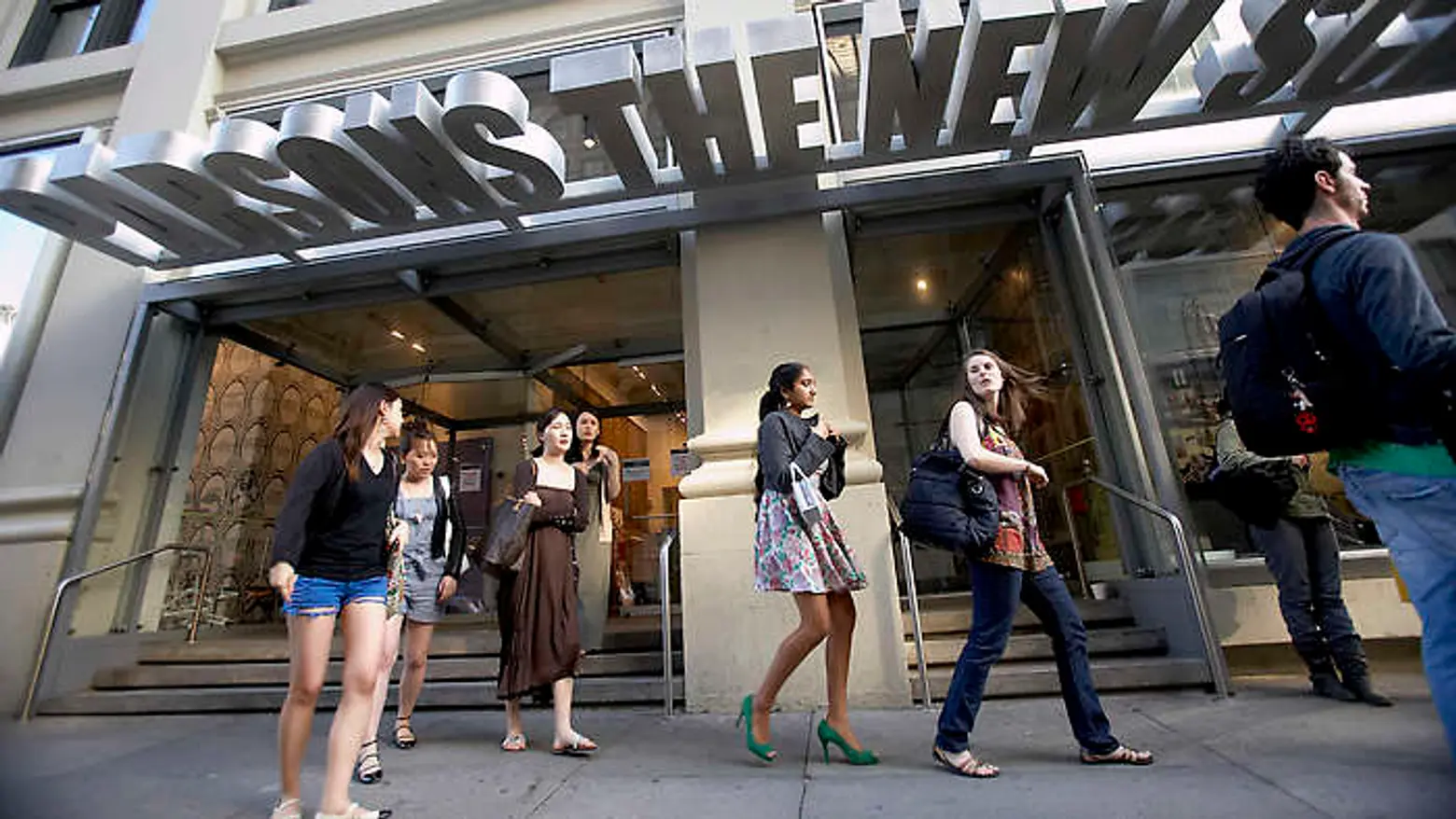
Photo courtesy of Parsons
Parsons has long been an international force in fashion and design education and innovation, with an endless roster of famous grads–including Donna Karan, Marc Jacobs, Tom Ford, Chris Benz, Alexander Wang, and Anna Sui to name just a sampling. Those famous alums often return to teach and critique workshops, and a focus on the business and management of fashion makes it a standout with programs like an MS in Strategic Design and Management, an MFA in Design and Technology, an MS program in Design in Urban Ecologies, and a Masters in Fashion Design and Society. The venerable Fashion Institute of Technology (FIT) also offers innovative business and technical design programs that help give NYC the all-around edge. The school’s motto: “Where Creativity Gets Down to Business.”
 The Future of Fashion 2014 graduate fashion show at FIT via FIT
The Future of Fashion 2014 graduate fashion show at FIT via FIT
Pratt Institute in Brooklyn recently launched a new program called Brooklyn Fashion + Design Accelerator. With a formidable international rep for architecture and design, Pratt may be the one to watch when it comes to designing fashion’s future. The Accelerator, launched in 2014, is on track to becoming a hub for ethical fashion and design that provides designers with the resources they need to transform their ideas into successful businesses.
Founded by Debera Johnson, executive director of the Center for Sustainable Design Strategies and founder of the Pratt Design Incubator for Sustainable Innovation, the Accelerator is, “a space that provides start-ups with resources to establish successful businesses.” It occupies a 15,000-square-foot unit in the former Pfizer building in South Williamsburg, and it will provide studio space and production capability for 30 design-oriented candidates who are integrating environmental and social responsibility practices into their bottom line.
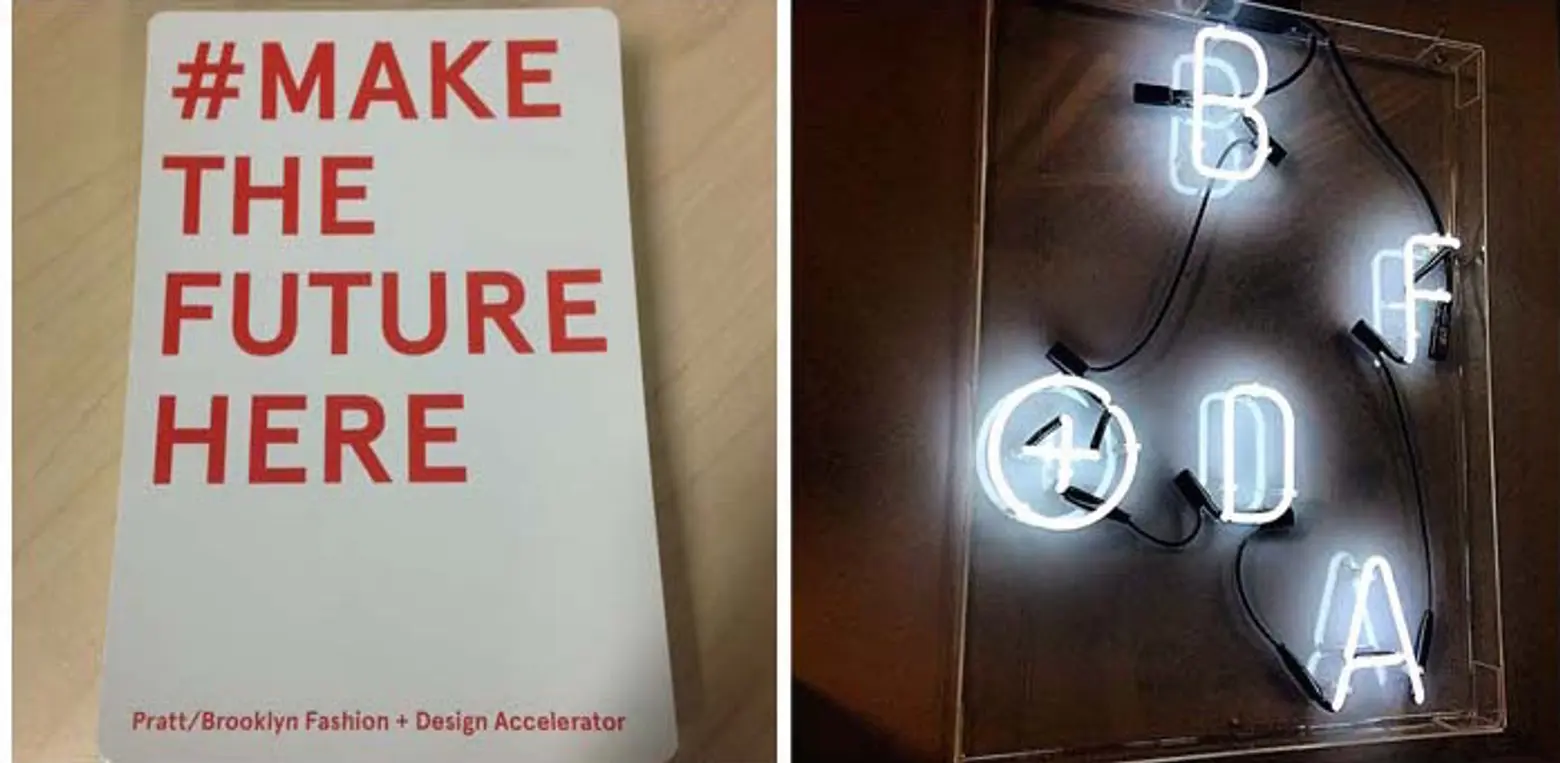
Brooklyn Design + Fashion Accelerator at Pratt Institute via Pratt Institute Instagram.
Pratt Institute President Thomas F. Schutte cited the “growing trend right now…to bring back manufacturing jobs to New York and America,” and an important goal of the new program is to support businesses as they establish their brands and move toward broader viability in the marketplace. The BF + DA is also committed to ethical production and the reduction of environmental impacts and will integrate local sourcing, zero-waste production and upcycling materials practices into its businesses.
INCUBATORS, INNOVATORS AND INVESTORS
NYC has definitely embraced start-up culture; the infrastructure is in place to fund the new and creative. According to an article by The Business of Fashion blog, “Compared to other major fashion capitals, New York has a robust ecosystem that prizes commerce as well as creativity, which means career opportunities are plentiful.” Eager to harness the creativity of its design minds, city agencies have created funding programs to give young fashionistas a leg up. Private investment and public and non-profit funding–often with help from developers–is helping to seed a robust future fashion field.
One important thread throughout: The movement to keep production processes in the US is growing daily, and NYC has positioned itself with the resources to make real progress here. To enable designers to work locally, the city is offering financial aid via the NYC Fashion Production Fund. Calling itself “fashion’s innovation hub,” Manufacture New York hopes to mentor, train, and supply emerging designers with affordable, consistent domestic production resources to encourage them to stay in New York City.
The Council of Fashion Designers of America (CFDA) and partners launched the CFDA Fashion Incubator to support the next generation of talented designers. The city (NYCEDC) is providing the CFDA with a three-year, $200,000 grant to help establish the Incubator, with the goal of it being self-sustaining after the three-year period. Located in the heart of the historic Garment District, the Incubator will provide each company with a state-of-the-art design studio containing both work and showroom space. Designers will be offered a two-year lease at a below-market rate.
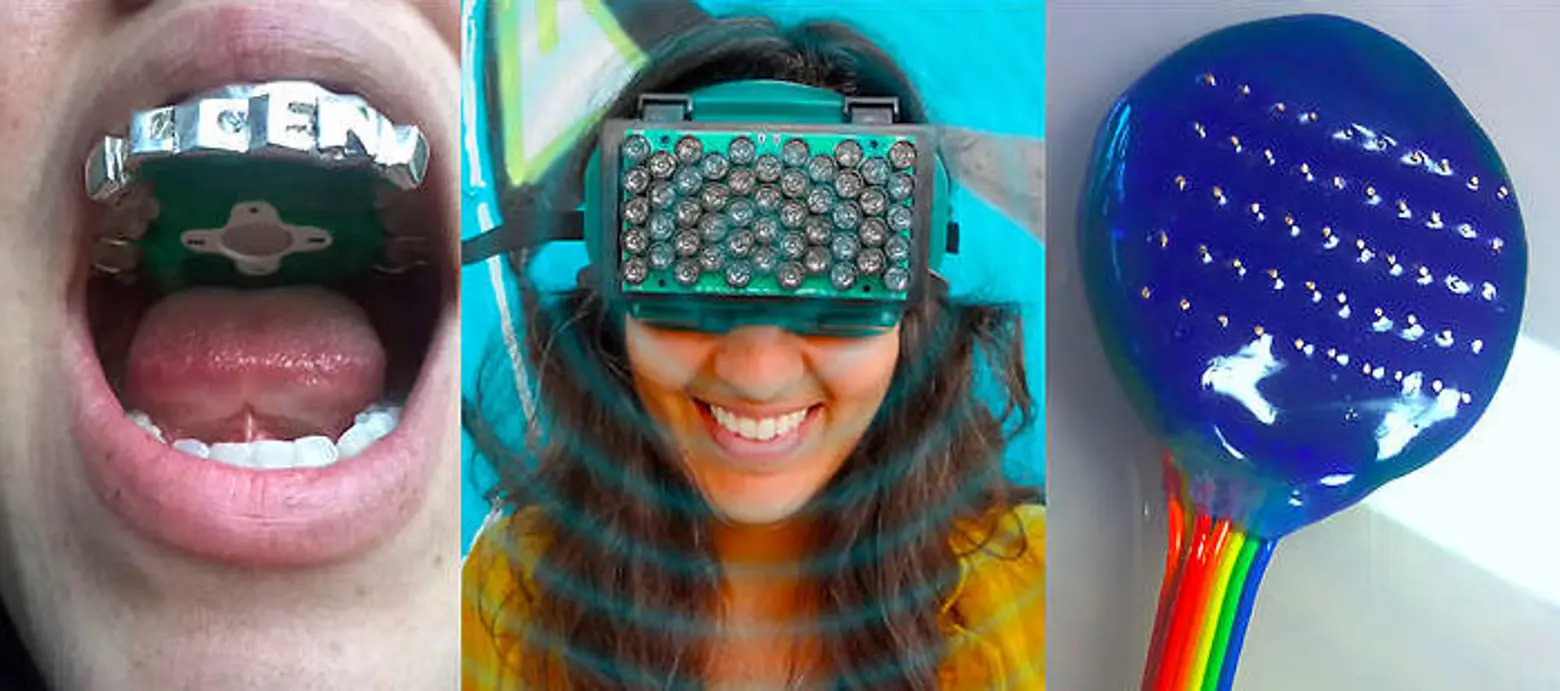
Experimental wearables at Parsons Design and Technology MFA program. Photo courtesy of Parsons.
The New York Fashion Tech Lab, to launch in spring of 2015, is a collaboration between the Partnership Fund for New York City, Springboard Enterprises, and leading fashion retailers with the goal of promoting fashion technology innovation as well as economic prosperity and local job creation. The twelve-week program connects a select group of early-stage fashion-focused tech companies with New York’s leading fashion retailers and brands.

A rendering of the future NEW INC museum incubator at The New Museum. Photo courtesy of the New Museum.
NYDesigns, located in Long Island City, Queens, is an economic development program offered by the City University of New York (CUNY) at LaGuardia Community College that catalyzes growth for small businesses and entrepreneurs in the design, fabrication, technology, and maker spaces via business incubation, workforce development and advocacy. The New Museum recently announced the launch of NEW INC, an art, technology and design incubator that will open next year at 231 Bowery offering 11,000 square feet of dedicated workspace, labs, social areas, and event space.
LOCATION, LOCATION, LOCATION
Though New York City may be known as an international fashion capital, the industry has been increasingly less able to afford to do business here. But the unique neighborhoods of the five boroughs hold plenty of opportunity. Sunset Park, which may well be on its way to being the engine of a new fashion industry in NYC, is a combination of Brooklyn’s local, small-batch ethic, plentiful and relatively inexpensive workspaces and access to investors and developers.
In part by offering enough space to help keep creativity and commerce local, Sunset Park’s industrial renaissance has seen a number of apparel labels among new tenants at its flagship development, Industry City. Local shopaholics’ favorite Steven Alan, swimsuit designer Malia Mills, men’s lifestyle brand Ball and Buck, and footwear brand Marc Joseph have become tenants recently, joining several longtime local fashion design tenants. With a nod to the city’s colorful history, a recent Crain’s NY article highlighted this trend with a story titled, “Gaggle of Garmentos Grows in Industry City.”
Industry City is also home to a dozen “cut and sew” companies (small factories where garments are assembled), which have recently relocated from the Garment District. The promise of on-site manufacturing has enticed fashion firms to follow. Marvin Schein and Sal Rusi of Salmar Properties are marketing the two massive 1916 buildings that make up Liberty View Industrial Plaza to tenants priced out of the Garment District. The developers have leased a 160,000-square-foot space to Manufacture New York. And the city recently announced plans for a $3.5 million investment in this new fashion epicenter, known as the the Manufacturing Innovation Hub for Apparel, Textiles & Wearable Tech.
THE NEW RULES
The rules of the fashion industry are changing. For example, according to Benish Shah, CEO of the Midtown-based fashion crowdfunding platform Before the Label, “When you look at it in the long run, it’s often more economical to produce in New York rather than abroad. Producing abroad involves additional costs; an emerging designer can end up spending more and ending up with excess inventory. Instead, produce locally. It may cost more per piece, but you will only produce what you need and have more quality control. And you’re bringing business back to New York City.”
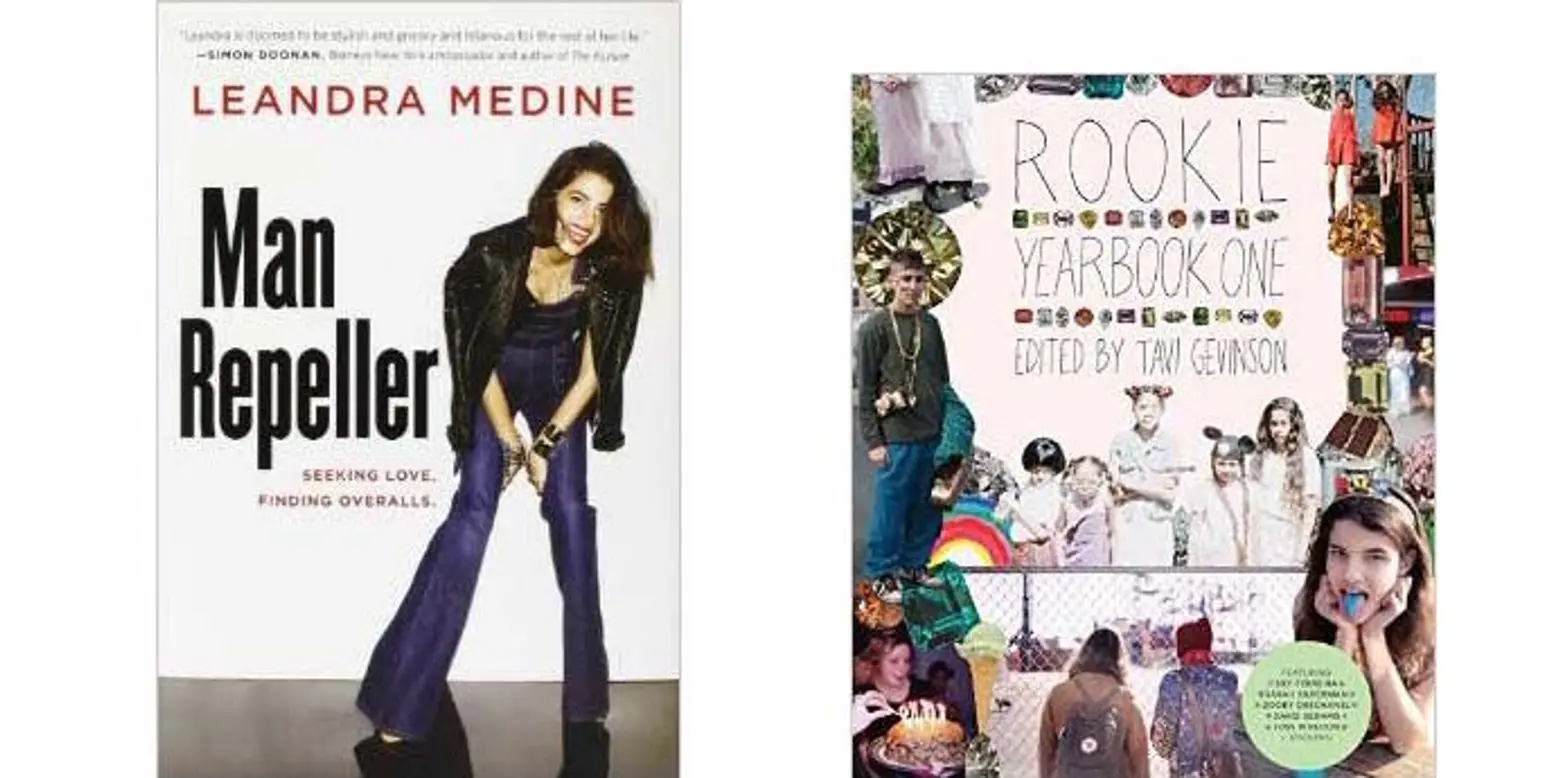
Man Repeller’s Leandra Medine; Tavi Gevinson
Companies like Before the Label are also using new tech resources to rewrite the rules: In this crowdfunding model, backers get first dibs on fabulous fashions and designers get backing from their fans, making it a classic collaboration between “what the customer wants and the beauty that designers create,” and allowing designers to assess consumer demand.
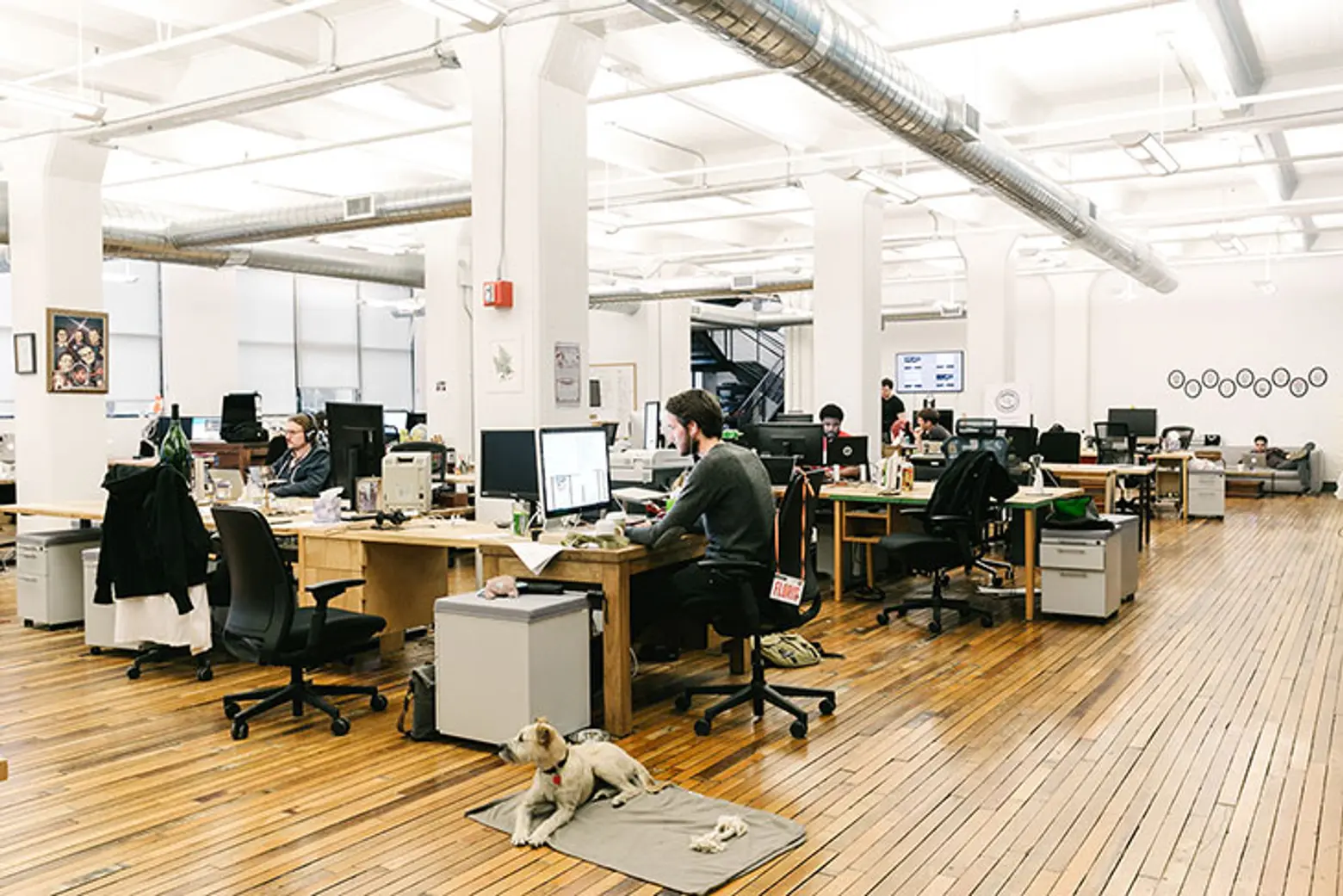
The Etsy offices in DUMBO via Etsy
From “Man Repeller” Leandra Medine to teenaged Style Rookie Tavi Gevinson to Instagram, Pinterest and YouTube, social media and blogs have nearly surpassed fashion glossies and celebrity stylists in trendsetting power; street fashion has gone digital and global. E-commerce platforms that speak to specific tastes and markets–like the Brooklyn-based Etsy–have global reach and accessibility for designers and merchandisers. And there is a renewed local focus: Curated artist and makers’ markets like the Brooklyn Flea and numerous pop-up shops are making locally-created work a major fashion “do.”
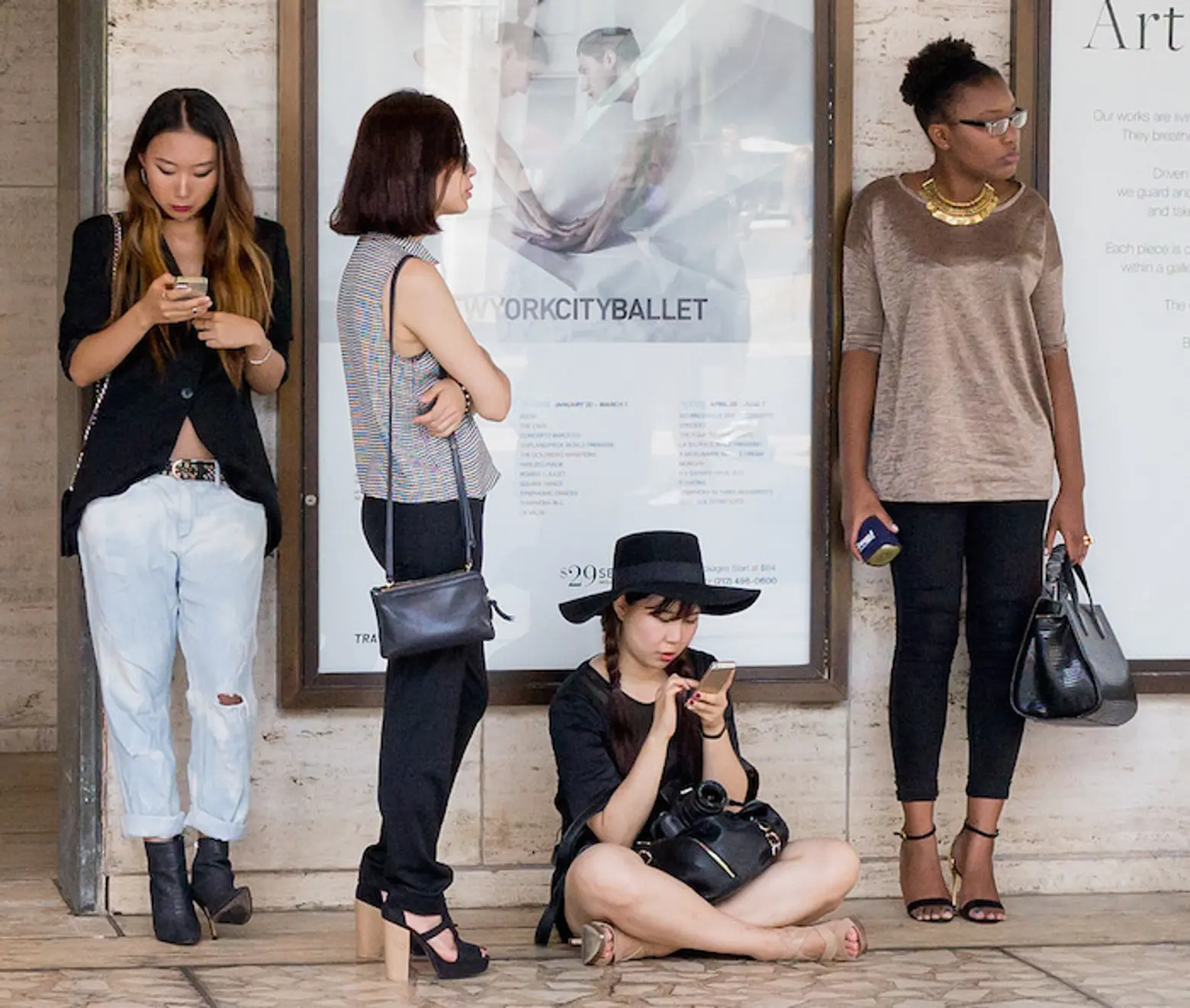
Outside at Lincoln Center during New York Fashion Week via Victoria Pickering via flickr
Just as street style (at both the high and low ends) has supplanted the rarified atmosphere of haute couture, contemporary designers will need to find new and creative ways to launch, promote, and fund their careers. The future of the global fashion industry will be a changed one, and there are plenty of questions–involving logistics, economics, demographics, geography, and technology–that need to be addressed. With those questions come new risks and exciting rewards. As a city where–to quote the FIT motto–creativity gets down to business, NYC is poised to keep the top spot sewn up.
Check out The Museum at FIT, which is featuring an exhibition called “Global Fashion Capitals” from June 2nd through November 14th of 2015.
